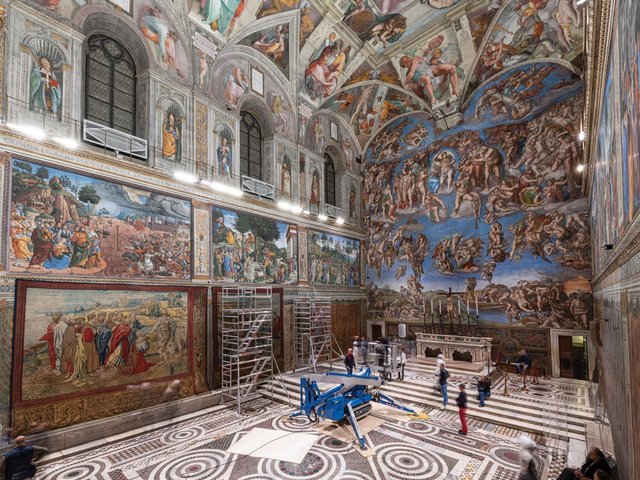In 1506 the young Raphael was commissioned by Guidobaldo da Montefeltro, Duke of Urbino, to paint St George and the Dragon, a work that was to give the artist’s budding career an enormous boost. Despite the fact that this commission marked a turning point for the artist, its history has been clouded, triggering much scholarly interest and investigation. Now, for the educated layman and woman, Joanna Pitman tells the fascinating story of the work’s commission and its subsequent peregrinations.
Raphael, whom Ms Pitman portrays as a self-confident 23-year-old with a talent matched only by his own ambition, produced the work, in her telling, as a gift from the duke to the English King Henry VII, to thank him for the investiture of Guidobaldo as a member of the Order of the Garter. (Presumably to create and reinforce a narrative coherence and forward drive for her tale, she makes no mention of the Louvre’s—probably earlier—version, thus conveniently detouring a major roadblock on her story’s highway, an omission or evasion that will undoubtedly cause the raising of scholarly eyebrows.) This great honour was entirely unmerited on Guidobaldo’s part, but was, in fact, a carefully considered diplomatic manoeuvre by the king to secure a retrospective papal dispensation (Guidobaldo was the brother-in-law of Pope Julius II) for the marriage in 1503 of his son, Henry, to his elder son’s widow, Catherine of Aragon.
Ms Pitman’s lively and engaging writing style breathes life into what could easily have been a dry chronological recitation of provenances. She mixes first-hand descriptions of the people who helped her with her careful research with the historical figures connected to the painting. As a result one feels a lively sympathy for the cast of characters involved with the work, particularly during the dramatic final leg of its journey when, having survived the 1837 Hermitage fire and the Russian Revolution, it was secretly sold in 1931 by Stalin to Andrew Mellon who donated it to the National Gallery of Art in Washington, DC where it remains today.
It is unlikely that all the facts of the painting’s story will ever be indisputably established and the author is over-reliant on the 19th-century German historian Johann David Passavant to the exclusion of other considerations.
Ms Pitman says that “I was neither a professional art historian nor a scholar, but that this book was to be a kind of personal journey of discovery.” It is with this in mind that one should read The Raphael Trail, and read it you must: it is an exhilarating documentation of a remarkable painting, and, perhaps most importantly, the story of how a work of art can animate the passions of individuals down the centuries and across continents.


